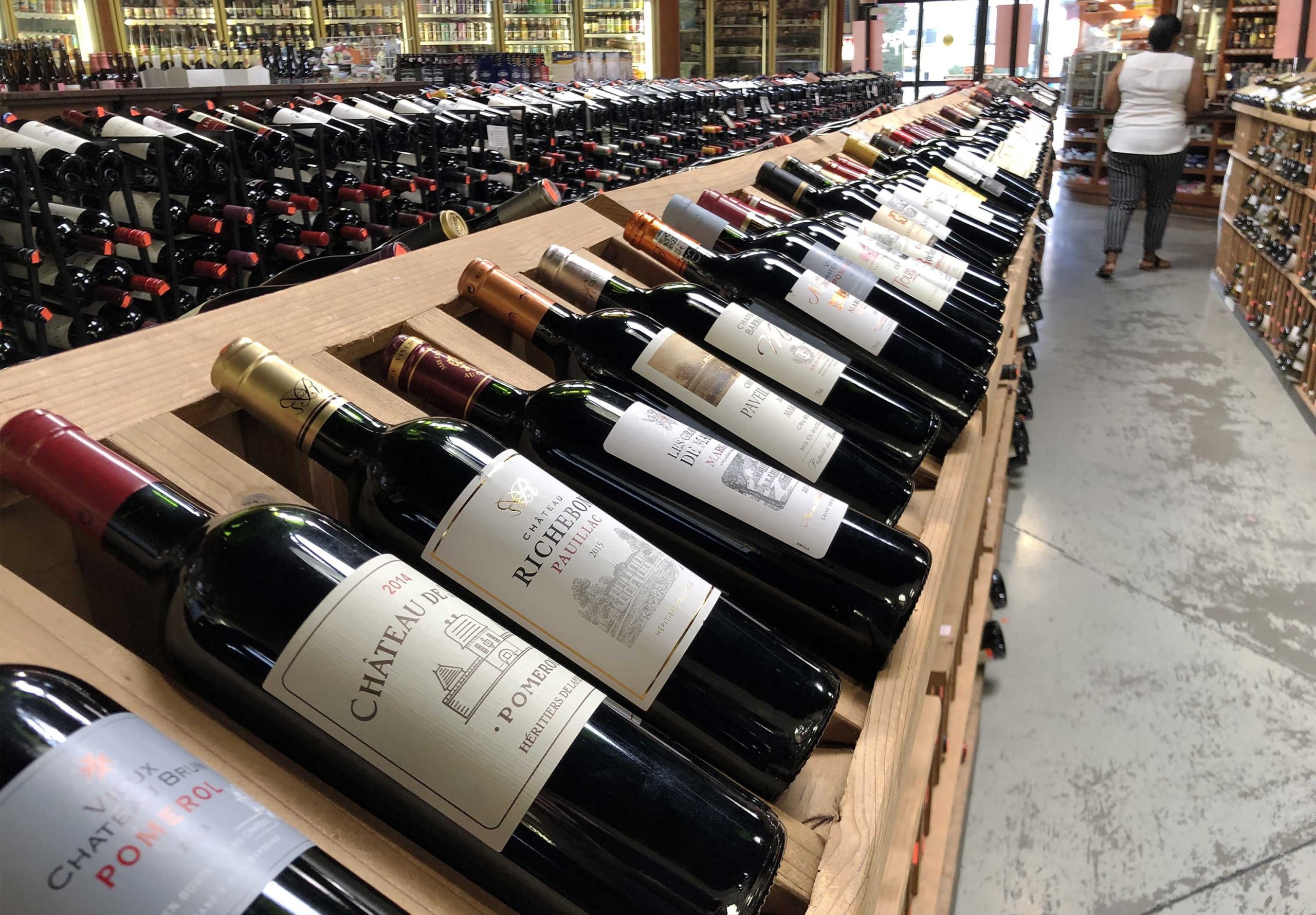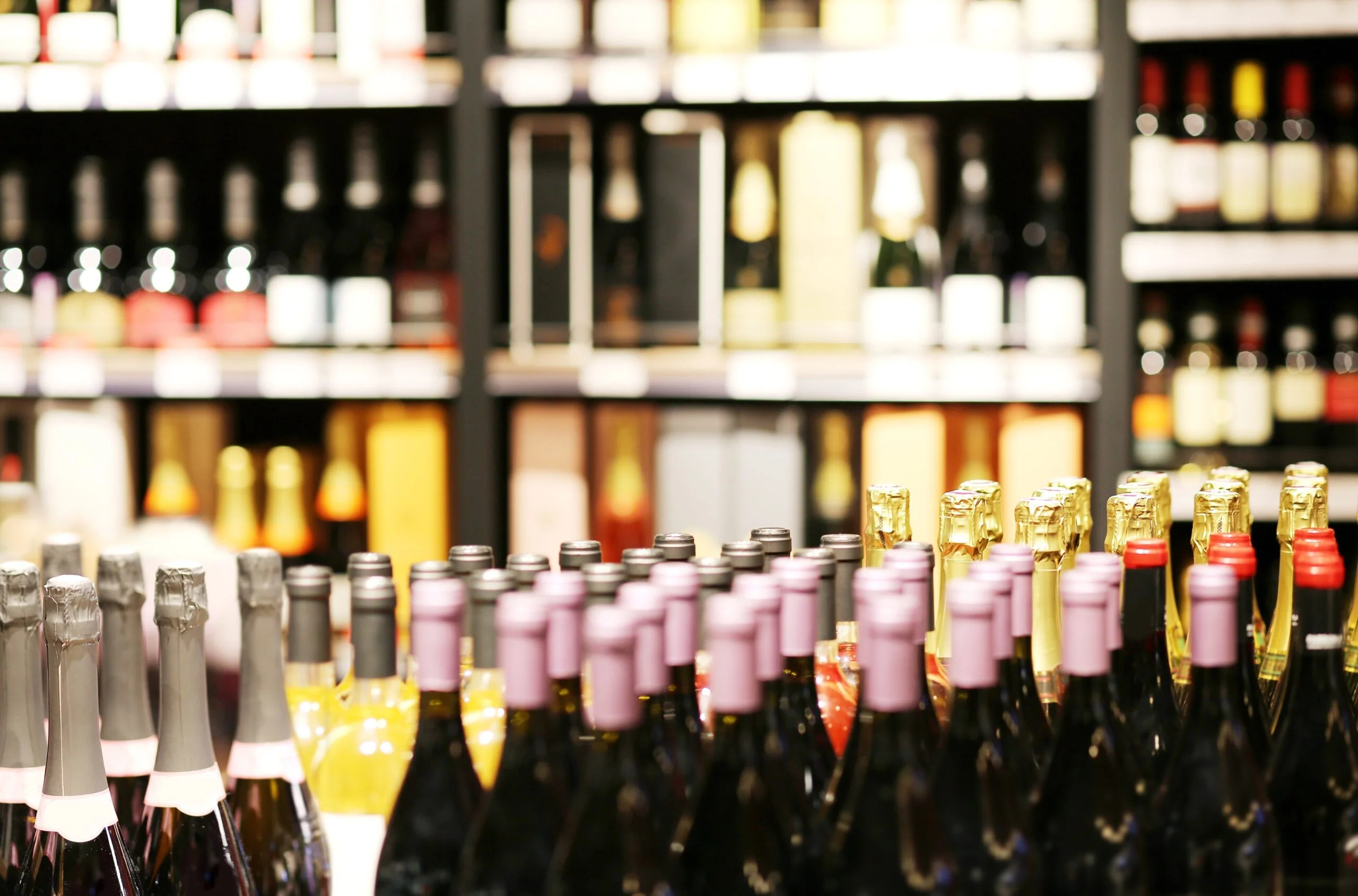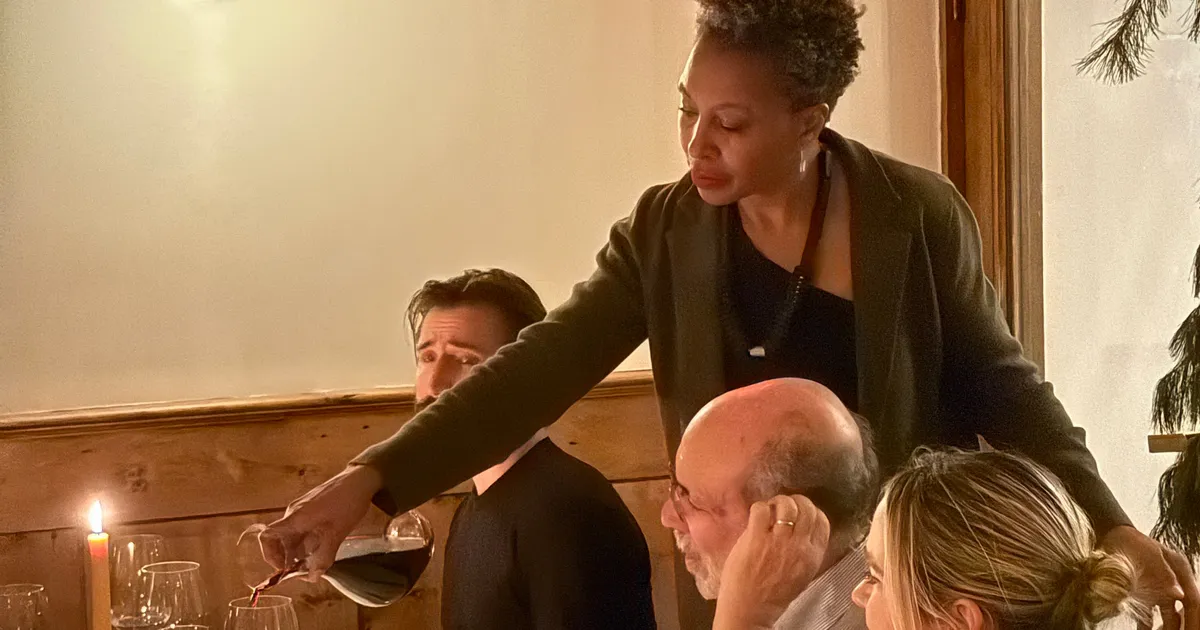The 2025 Silicon Valley Bank (SVB) State of the U.S. Wine Industry Report highlights an unprecedented opportunity for wine consumers amidst a historic industry downturn. The report predicts a “golden era” of pricing due to an oversupply of wine caused by declining sales over recent years.
Rob McMillan, founder of SVB’s wine division and the report’s author, stated that consumers will experience incredible value, marking one of the best periods for buyers in his lifetime. SVB’s annual report, recognized as a leading analysis in the industry, has informed the wine sector since 1994, following the bank’s $4 billion in loans to wineries and vineyards.
Shifts in Pricing Trends Amidst Inventory Glut
Recent years saw rising wine prices driven by increased production costs, with 71% of West Coast wineries planning price hikes in 2023. However, the oversupply has created a scenario where discounting is inevitable. McMillan estimates only 20-30% of wineries will actually raise prices in 2025 despite earlier plans, as the backlog in inventory pressures producers, retailers, and wholesalers to lower prices. This shift signifies an opportunity for consumers to purchase high-quality wines at reduced prices, with experts noting the importance of understanding pricing tactics and sourcing.

Discounting remains a challenge for premium wineries, where maintaining brand reputation is paramount. Instead of direct discounts, wineries use creative methods such as free shipping, flash sales, and wholesale partnerships with retailers like Costco. For example, a Vine Hill Ranch Napa Valley Cabernet Sauvignon, typically priced at $125-$150, recently sold at Costco for $65.99.
Private label wines, often marketed under nondisclosure agreements (NDA wines), allow producers to sell surplus stock discreetly. These wines, commonly found at supermarkets and online retailers, offer consumers access to premium wines at significant discounts.
Tips for Identifying Quality Wine Deals
Consumers seeking bargains should focus on wines labeled with reputable American Viticulture Areas (AVA). Wines sourced from premium subregions like Napa Valley’s Oakville or Sonoma County’s Russian River Valley offer better value compared to those labeled “California,” which often indicate lower quality. However, Napa Valley wines remain an exception, as their exclusivity and alignment with prestigious regions like Bordeaux ensure they maintain higher prices. Small discounts may appear, but bargain deals are unlikely.
The SVB report predicts that the current wine industry downturn and its impact on pricing will persist until at least 2030. Tasting fees, which rose sharply in the past decade, are also expected to decline further as fewer consumers visit tasting rooms. The average cost of wine tastings dropped slightly in 2023, with standard flights averaging $38. As the industry adjusts to its challenges, wine enthusiasts are positioned to benefit from accessible pricing while the market seeks stabilization.


